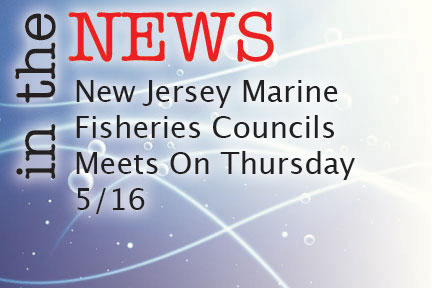All in all, it wasn’t a good month to be a foreign corporation attempting to industrialize nearshore waters along the New Jersey coast!
Findings from a Monmouth University poll in August shows declining statewide support for industrial offshore wind development, while stock prices tumbled dramatically for the developers at Ørsted, and more dead marine mammals washed ashore along New York and New Jersey’s coast and beyond, including six stranded whales in August alone.
The Monmouth University poll done between August 10 and 14 found that 54% of New Jersey residents sampled favor wind-based energy in the Atlantic Ocean, with 40% opposed. Those numbers show a rather significant drop in overall support since previous polls; in 2019, wind energy support reached 76%, with 15% opposed, while in prior years the statewide support for offshore wind farms ranged between 80% and 84%.
“The Monmouth University poll raises many issues to be discussed and addressed, but it’s clear that with all the facts and information presented in federal government documents about the impacts of offshore wind, the public has become more informed and are raising concerns, especially with the lack of good science and transparency,” said Cindy Zipf, Executive Director at Clean Ocean Action. “Clean Ocean Action’s positions are based on fact and science and based on the growing information released about offshore wind and these projects, it is not surprising public concerns are also growing.”
Stock prices tumbled in late August 30 for Ørsted, an offshore wind, coal and gas company that’s principally owned by the Danish Government. Earlier this summer, the New Jersey Legislature narrowly passed a bill which was quickly signed by Governor Murphy to “bail-out” Ørsted with up to $1 billion for the Ocean Wind 1 project. According to Clean Ocean Action, despite record-high profits in 2022, Ørsted is reportedly seeking additional federal tax credits, and announced that they expect to delay the commission of Ocean Wind 1 to 2026 in the wake of financial challenges.
“By grabbing so many projects, Ørsted’s greedy over-reach seems to be coming back to haunt them,” Zipf said, adding “Not only is the company looking for more time, but they also have the gall to blame the delay on not getting enough tax dollars, which is a slap in the face and a wake-up call to New Jersey legislators who recently passed a law giving them up to $1 billion rate payer dollars.”
Following Ørsted’s statement on the Ocean Wind I project delays, Rep. Jeff Van Drew (R-NJ) called offshore wind projects “nothing more than money grabs for global elites,” adding “These projects are profit-driven, damaging to our oceans, negatively impact our national security, and cause utility bills to skyrocket.”
Zipf referred to the offshore industrialization effort as “massive” and called it “too much too fast,” while urging the state of New Jersey to pause the next round of offshore wind solicitations until more information becomes available.
In June, the Government Accountability Office (GAO) – an independent congressional watchdog – officially agreed to launch an investigation into the impacts of New Jersey’s offshore wind development on the environment, the fishing industry, military operations, navigational safety and more.
“This aggressive, independent investigation into the ocean-altering impacts of the 3,400 offshore wind turbines slated for the Jersey Shore will help address the wide-ranging questions and concerns that the Biden Administration and Governor Murphy continue to dismiss as they plow full steam ahead with this unprecedented offshore wind industrialization of our shore,” said Rep. Chris Smith (R-NJ) in response to the GAO announcement.
In an Associated Press article published on September 11 and picked up by several national media outlets, journalist Wayne Parry referenced a joint study in March by two federal scientific agencies and the commercial fishing industry that documents numerous impacts that offshore wind power projects could have on fish and marine mammals, including noise, vibration, electromagnetic fields and heat transfer that could alter the environment.
“Like numerous existing studies, the report pointed out the complexities of how the structures and cables might interact with marine life,” Parry wrote, adding “For instance, turbines can attract some fish and repel others.” According to Parry, some European studies show that whiting and flatfish (flounder) were shown to leave those areas.
The Associated Press article quoted Capt. Greg Cudnik of Long Beach Island as saying he’s worried about prime species being driven away by changes to the ocean floor due to industrial offshore wind development. “Clams, scallops, flounder, and sand eels are associated with soft sand bottoms,” he said. “Striped bass, sea bass, mahis — everything eats these eels. When they are in abundance, it’s awesome fishing. All these offshore wind areas are in that prime habitat.”
Also quoted in Parry’s article was The Fisherman’s Jim Hutchinson, Jr. who said “We don’t have the science to know what the impact will be…the attitude has been, ‘Build it and we’ll figure it out.’”



